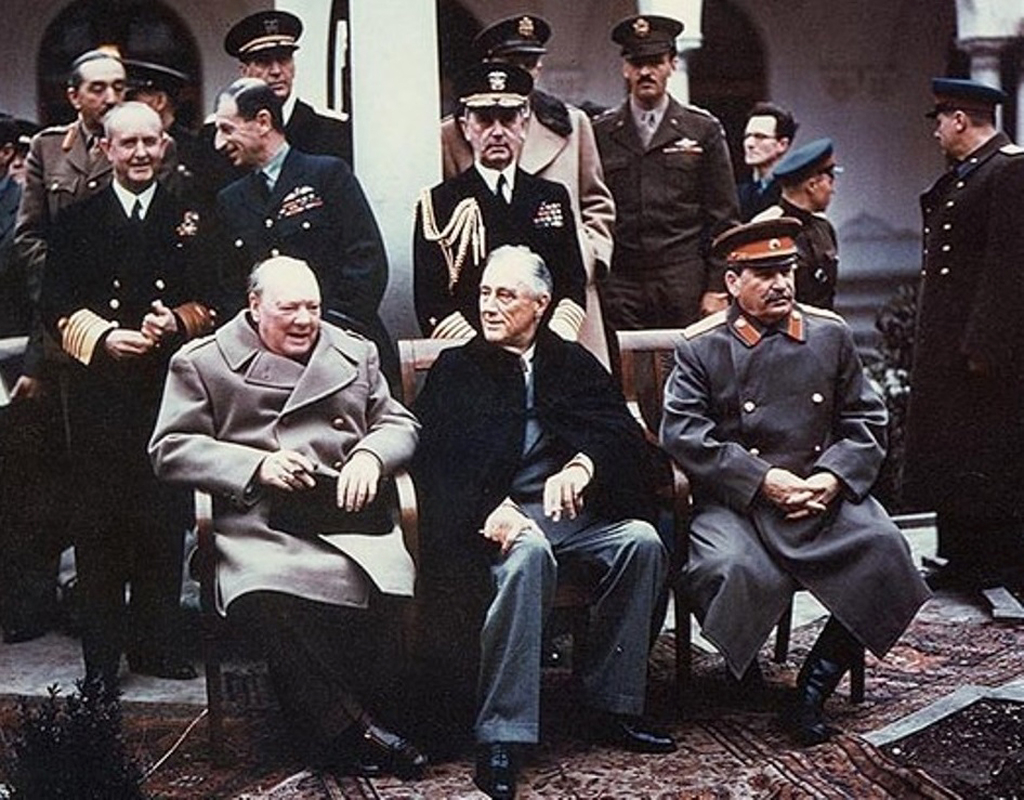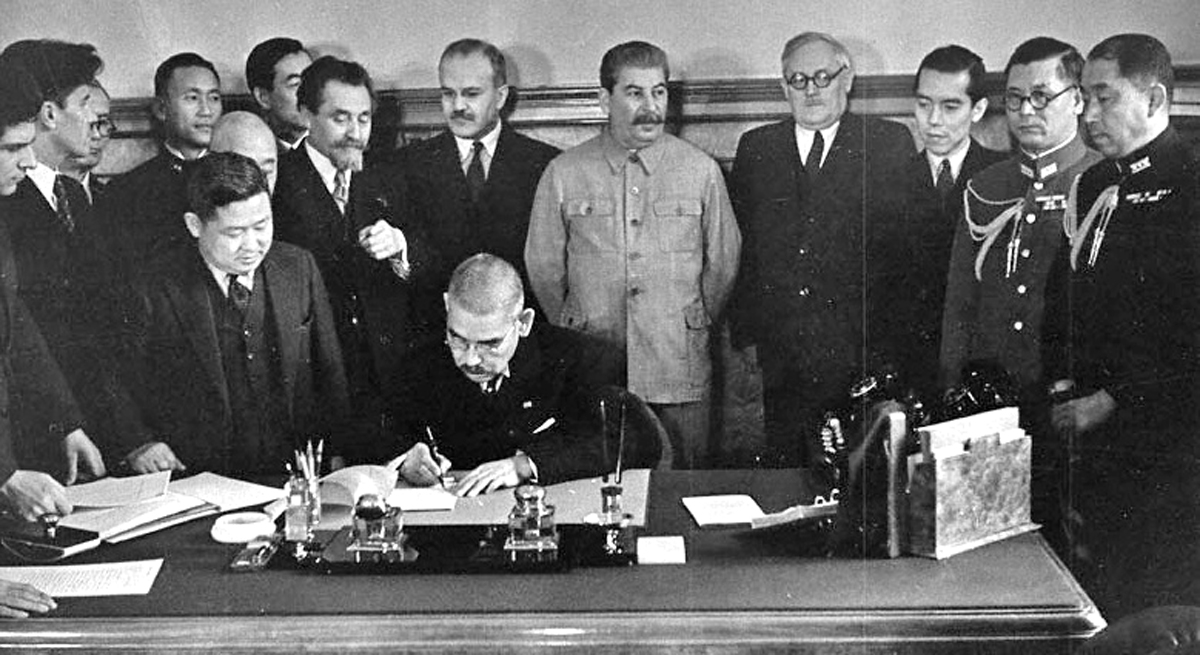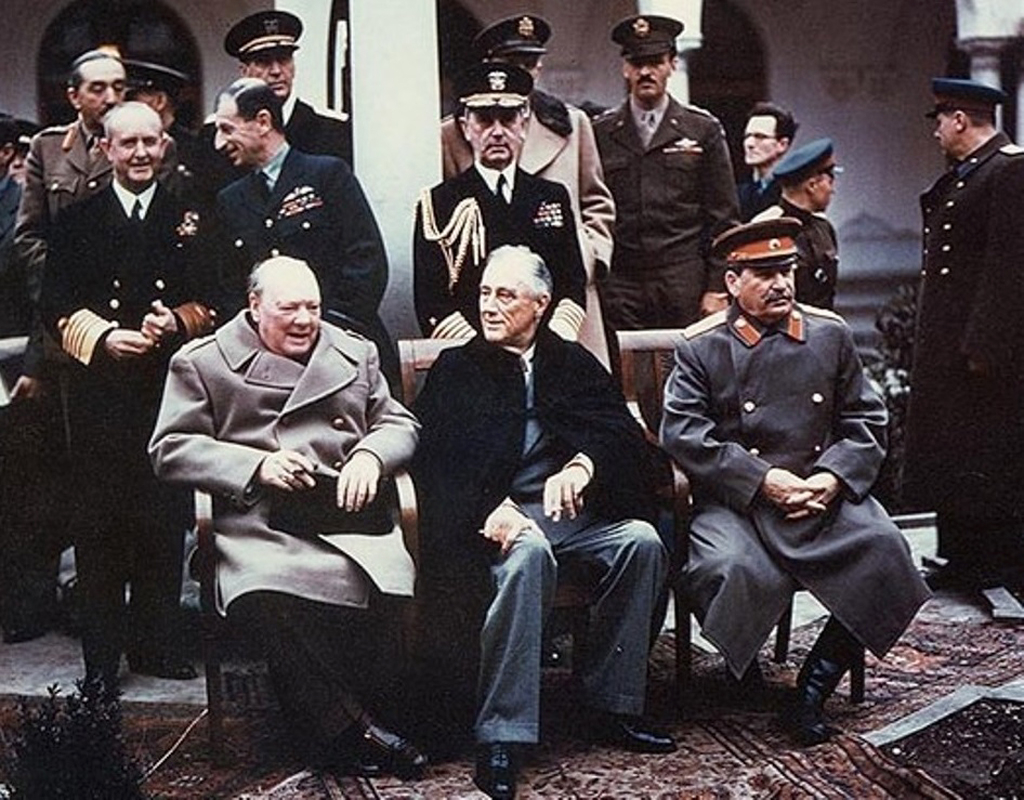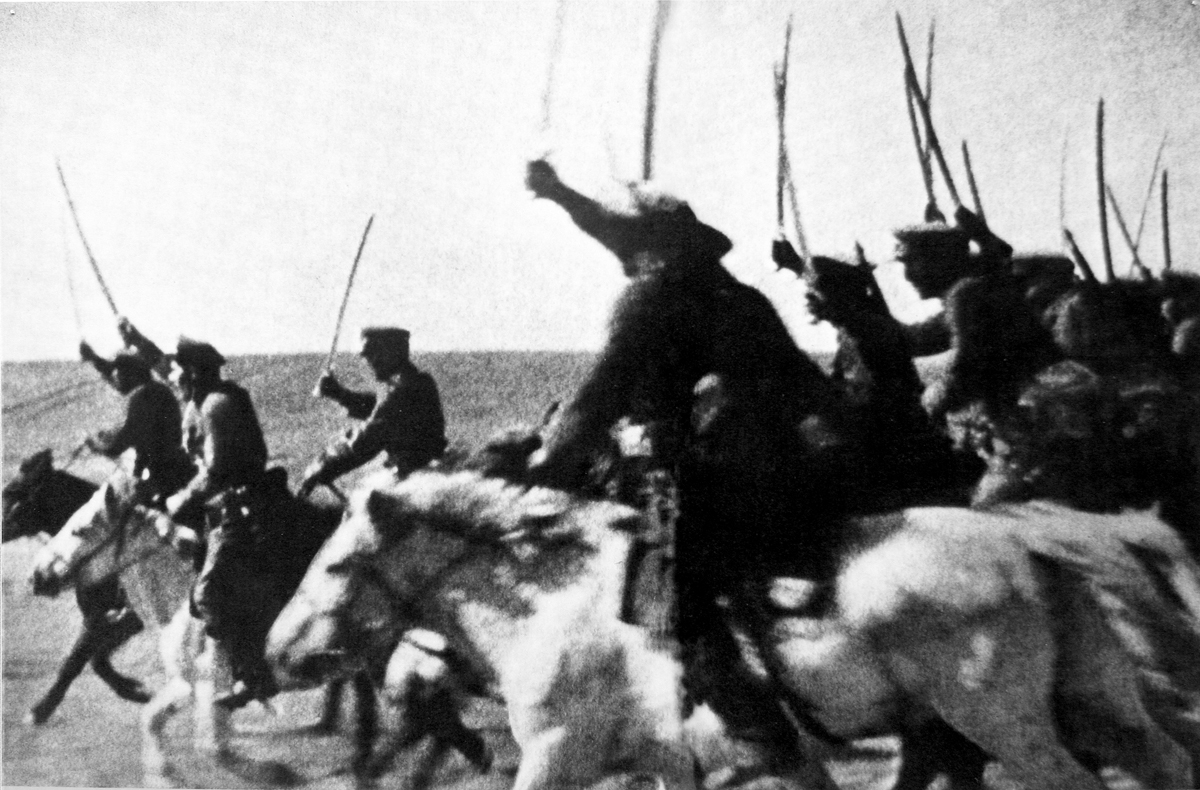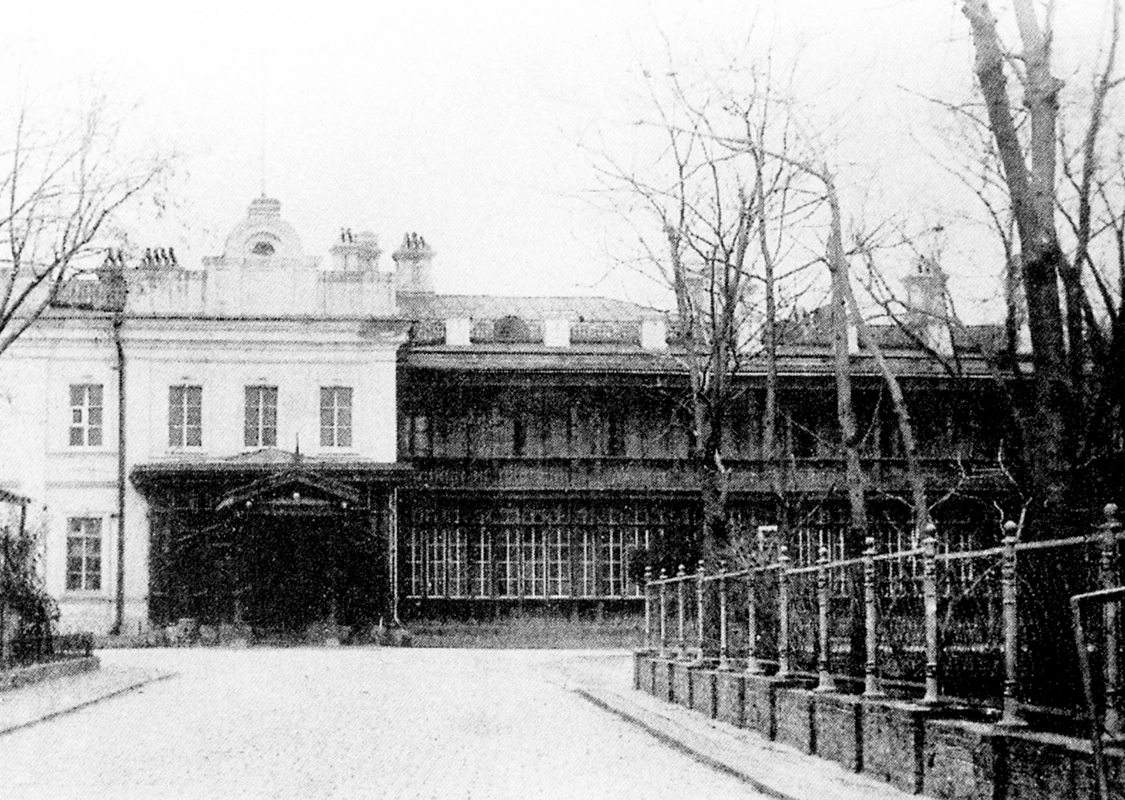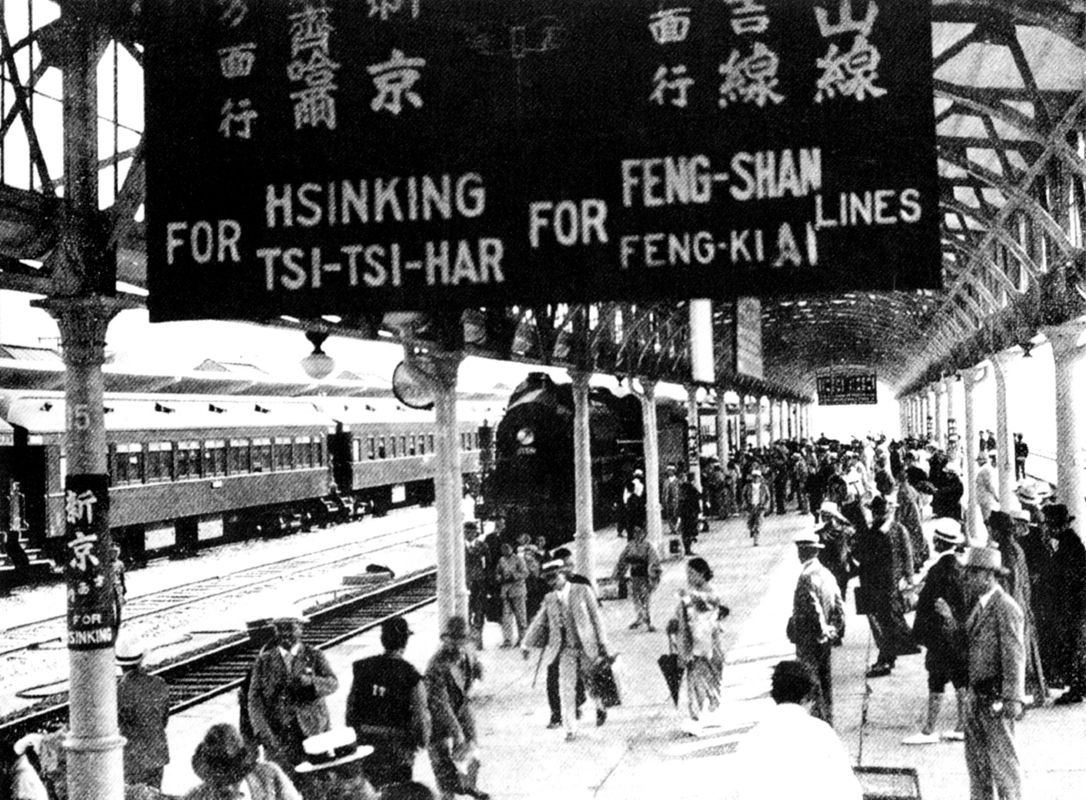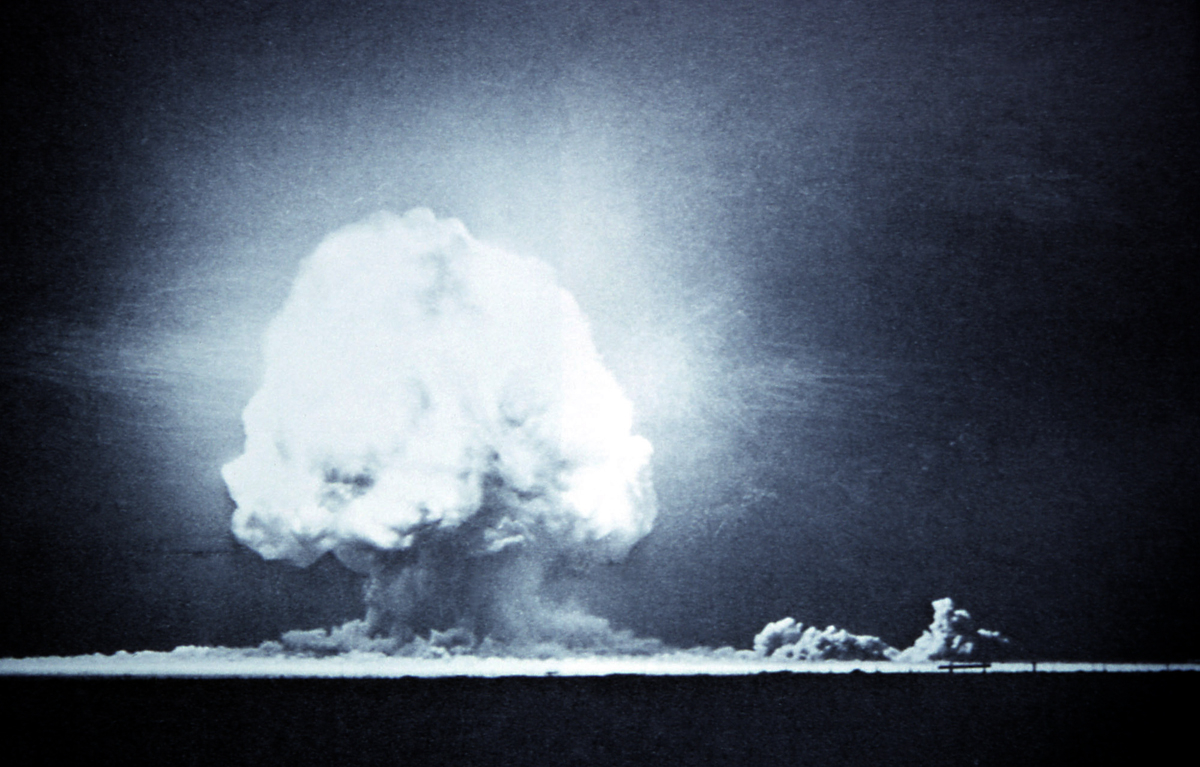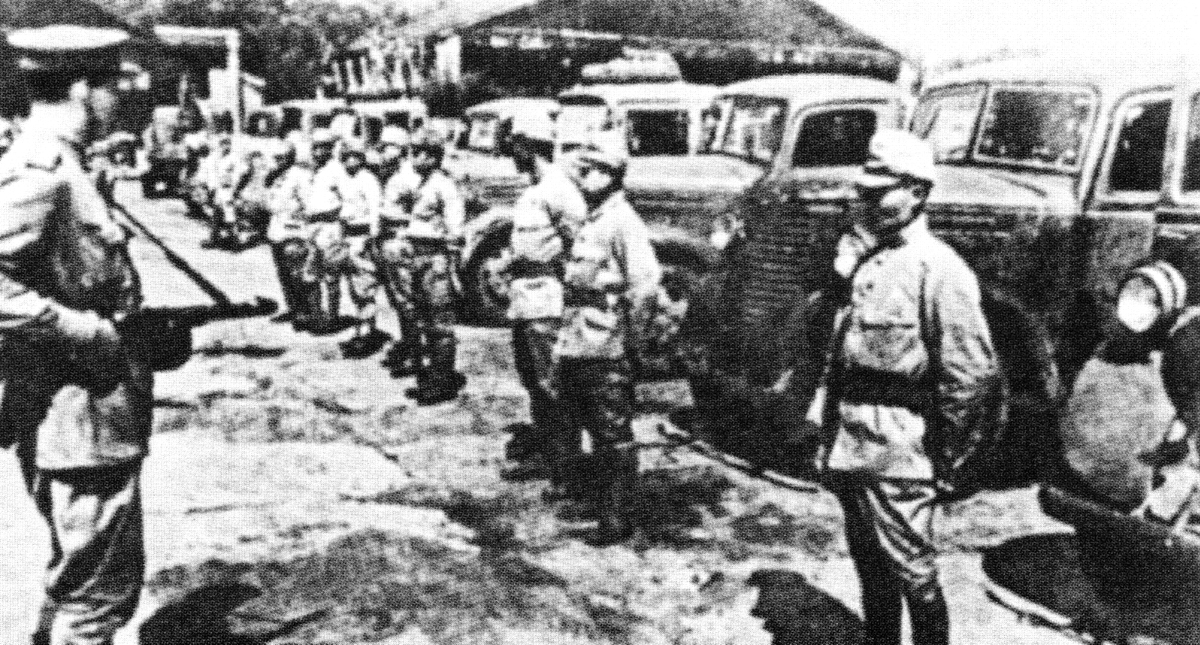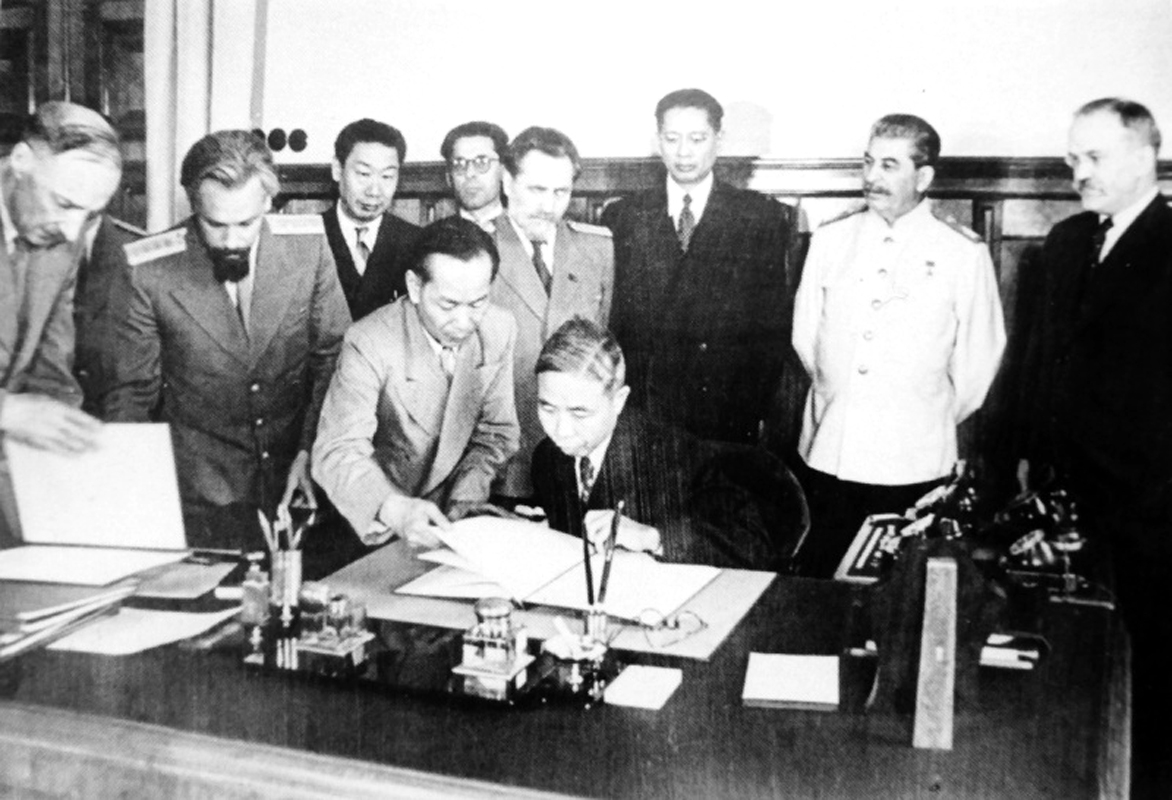In February 1945, the Supreme Leader of the Soviet Union Joseph V. Stalin, the US President Franklin D. Roosevelt, and the British Prime Minister Winston L. S. Churchill met at the Yalta Conference in Soviet Union to discuss the battles against Germany and Japan and the post-war settlement. During the conference, Stalin and Roosevelt made a secret deal that in return for the Soviet Union to fight against Japan three months after the end of the war in Europe. The United States agreed to the following Soviet demands concerning China: the status quo in Outer Mongolia (Mongolian People’s Republic) shall be maintained; Dalian (大連) shall be made a free port, in which the Soviet Union shall have privileges; the Soviet Union would resume the use of the port of Lushun (旅順) as a naval base; and the China Eastern Railway and the South Manchurian Railway shall be jointly operated by the Soviet Union and China. The agreement remained secret after the Yalta Conference until June the same year when the United States informed the Nationalist Government of the Republic of China of it.
From June to August 1945, the Nationalist Government sent the Premier of the Executive Yuan Soong Tse-vung (宋子文, the Executive Yuan﹝行政院﹞being the executive branch of the Nationalist Government) and Foreign Minister Wang Shijie (王世杰) to negotiate with the Soviet Union. The Soviet Union agreed to sign a treaty with China premised on the relevant provisions of the secret agreement of the Yalta Conference. The Chinese side agreed to the independence of Outer Mongolia (subject to the holding of a referendum) on the conditions that the integrity of the territory, sovereignty, and administration of Northeast China shall be maintained and that the Soviet Union shall cease aiding the Chinese Communist Party (CCP, 中國共產黨). The Sino-Soviet Treaty of Friendship, Alliance and Mutual Assistance, signed on 14 August by Wang and V. M. Molotov, the Soviet Minister of Foreign Affairs, on behalf of the two sides, confirmed the authority of the Soviet Union after sending troops to Northeast China, while the annex stipulated the withdrawal of the Soviet troops within three months after the end of the military operations against Japan.
|
|
The terms of the secret agreement of the Yalta Conference enabled the Soviet Union to obtain huge benefits from the Far East and seriously undermined China’s sovereignty and territorial integrity. Why did the Nationalist Government still sign an agreement with the Soviet Union for confirmation afterwards? |
|
|
See answer below. |
The Soviet Union defeated Japan in the Nomonhan Incident from May to September 1939, and the two sides called an armistice. On 13 April 1941, the two countries signed the Soviet-Japanese Neutrality Pact. The photo shows the Japanese Foreign Minister Matsuoka Yosuke signing the treaty on that day. Standing in the back row are the Supreme Leader of the Soviet Union Stalin (fifth from right) and the Soviet Minister of Foreign Affairs Molotov (sixth from right) in the back row. The pact kept Japan and the Soviet Union at peace until after the Yalta Conference in February 1945. On 5 April 1945, the Soviet Union unilaterally terminated the pact.
Left: a US amphibious landing vehicle landing on Saipan under the cover of a heavily-amoured battleship on 15 June 1944. Right: the United States Marine Corps raiding the Japanese troops on Saipan under the cover of a tank on 8 July 1944. In Saipan and other “island-hopping” battles, the US troops won but suffered heavy casualties, which posed an impact on the US foreign policy in late World War II.
In late World War II, the US troops launched “island-hopping” battles to storm some of the islands in the Pacific Ocean that were of strategic importance to Japan, but encountered fierce resistance from the Japanese troops who usually refused to surrender even there was only one man left. Take the Battle of Saipan from 15 June to 9 July 1944 as an example, despite doomed to be defeated, the Japanese troops still mounted a resilient defence to the end. Eventually, its 30,000 soldiers defending the island were completely wiped out, and among the 71,000 US soldiers who made onto the island, more than 13,000 were killed or wounded. Although being defeated was inevitable at the latter stage of the war, the Japanese military and political circles, dominated by militants, still upheld the samurai spirit of fighting to the end. These warmongers even advocated that even if the navy was completely crashed and the outer islands all fell in the hands of the US forces, with an intact army from the land, Japan still had millions of soldiers at its disposal to defend their homeland if necessary, determined to fight at the expense of the entire nation. Compared to Japan’s lack of concern for the lives of its people, the United States was shocked by its large number of casualties. It was estimated that if the US troops encountered strong resistance from the Japanese side after landing on its soil, more than a million US soldiers might have to be sacrificed. Therefore, President Roosevelt was eager to seek help from other countries to end the war as soon as possible. However, Britian and China were not strong enough to defeat Japan, leaving only the Soviet Union able to help the United States completely crush Japan in a short period of time.
The “Big Three” of the Yalta Conference in February 1945, from the left: the British Prime Minister Winston Churchill, the US President Roosevelt, and the Supreme Leader of the Soviet Union Stalin. The conference discussed the battles against Germany and Japan and the post-war settlement. During the conference, Stalin and Roosevelt agreed in secret that the Soviet Union would fight against Japan three months after the end of warfare in Europe. The Soviet Union could reap enormous benefits from the Far East, especially China, by fighting against Japan.
Outer Mongolian cavalry charging in the Nomonhan Incident in 1939. Outer Mongolia, named Mongolian People’s Republic at that time, was controlled by the Soviet Union. It helped the Soviet Union resist Japan in the Nomonhan Incident, while the Japanese army was assisted by the troops of the Puppet Manchukuo (偽滿洲國). China had always insisted on holding the sovereignty of Outer Mongolia. According to the secret agreement of the Yalta Conference in February 1945, the Mongolian People’s Republic shall maintain its status quo after the war, or in other words, continue to be controlled by the Soviet Union.
A street scene of Dalian during the Puppet Manchukuo period. At that time, Dalian was included in Kwantung Leased Territory under the direct jurisdiction of Japan. According to the secret agreement of the Yalta Conference in February 1945, Dalian shall become a free port after the war, and the Soviet privileges there shall be guaranteed.
Japanese Navy Headquarters in Lushun during the Puppet Manchukuo period. At that time, Lushun was included in Kwantung Leased Territory under the direct jurisdiction of Japan. According to the secret agreement of the Yalta Conference in February 1945, the Soviet Union could use Lushun Port as a naval base after the war.
The platform of Fengtian (奉天, now Shenyang﹝瀋陽﹞) Railway Station during the Puppet Manchukuo period. Shenyang Station was an important hub on the South Manchurian Railway. According to the secret agreement of the Yalta Conference in February 1945, the China Eastern Railway and the South Manchurian Railway in Northeast China shall be jointly operated by China and the Soviet Union after the war.
On 16 July 1945, the first atomic bomb developed by the United States exploded in New Mexico, the United States. With the successful development of atomic bombs, the United States could force Japan to surrender unconditionally shortly even without the Soviet help. However, it had been five months since the Yalta Conference, and the secret agreement reached by two sides could no longer be overturned.
On 9 August 1945, the Soviet Union marched into Northeast China, the Puppet Manchukuo and the Japanese Kwantung Army quickly fell apart. The photo shows a transport troop of the Kwantung Army surrendering to the Soviet Army.
The Soviet Union sent troops to Northeast China with the following considerations:
(1) Germany surrendered on 8 May 1945. According to the secret agreement of the Yalta Conference, the Soviet Union shall fight against Japan three months after Germany surrendered. On 8 August 1945, the Soviet Union notified Japan diplomatically, stating that the two countries would officially enter a state of war from the next day.
(2) On 6 August 1945, the United States dropped an atomic bomb on Hiroshima, Japan. Japan might surrender unconditionally shortly. Therefore, the Soviet Union must dispatch troops before Japan’s surrender, so as not to lose grounds for dispatching troops due to Japan’s surrender and miss out on the opportunity to expand its interests in the Far East after the war.
It was not until June 1945 that the United States informed China of sacrificing its interests in the secret agreement of the Yalta Conference, and the Nationalist Government rushed to negotiate with the Soviet Union. On 14 August 1945, the Sino-Soviet Treaty of Friendship, Alliance and Mutual Assistance was signed. According to the treaty, the benefits of the Soviet Union in the secret agreement of the Yalta Conference were confirmed. At the same time, the Soviet Union promised to stop supporting the CCP, recognise China’s sovereignty over the Northeast, and withdraw its troops within three months after the end of the military operations against Japan. The photo shows that the Chinese Foreign Minister of the Nationalist Government Wang Shijie signing the treaty on behalf of the Nationalist Government on that day. From the right in the back row are the Soviet Minister of Foreign Affairs Molotov, the Soviet Supreme Leader Stalin, and the Premier of the Executive Yuan Soong Tse-vung.
|
|
The terms of the secret agreement of the Yalta Conference enabled the Soviet Union to obtain huge benefits from the Far East and seriously undermined China’s sovereignty and territorial integrity. Why did the Nationalist Government still sign an agreement with the Soviet Union for confirmation afterwards? |
|
|
Due to China’s weakness, the Nationalist Government was forced to sign the treaty to confirm and accept the terms of the secret agreement of the Yalta Conference, which were foisted on China and seriously undermined its sovereignty and territorial integrity. With its national power at the time, it was not possible for China to drive out the Japanese forces alone, and the United States was the only nation that China could rely on diplomatically and militarily. Once the United States sacrificed China for its own interests, the Nationalist Government could do nothing about it. Before the end of the war, the United States went behind China’s back and sacrificed its interests in exchange for the Soviet Union fighting against Japan. However, the United States did not offer any diplomatic support to China afterwards, leaving China, which was in a disadvantageous position, to negotiate with the powerful Soviet Union alone. Thus, China could hardly defend its rights or interests. On the other hand, after defeating Germany, the Soviet Union controlled Eastern Europe and became a superpower on par with the United States, aspiring to expand further and strengthen its ability to contend with the United States after the war. Therefore, in addition to controlling Eastern Europe in the West, it had to get its hands on the Far East. China, which bordered the Soviet Union, became a target. After the Soviet Union sent out the troops, it was impossible for China to defeat the Soviet army, which was much stronger than the Japanese army, to regain the Northeast. China could only do its best at the negotiating table, and was eventually forced to accept the US-Soviet secret agreement of the Yalta Conference and sign the unequal Sino-Soviet Treaty of Friendship, Alliance and Mutual Assistance. |
Source of most photos used in this feature piece: Fotoe (pictures 4-9), misc. photo sources.




